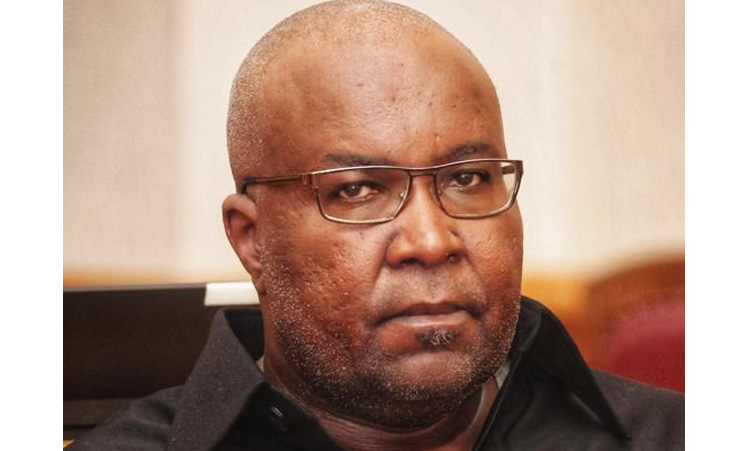Namibia has been frequently mentioned when talking about the future global oil landscape.
With potentially significant reserves, the southwestern African country eyed the status of fifth-largest oil producer on the continent.
But then something happened: ‘Big Oil’ discovered gas. A lot of it.
Companies including Shell, TotalEnergies, Chevron and Portugal’s Galp Resources are drilling for oil in the Orange Basin off the Namibian coast. They are striking oil too.
Shell struck oil at a prospect called Graff, estimated to contain up to 1.7 billion barrels of crude.
TotalEnergies’ Venus discovery could turn out to be even bigger, containing up to 3 billion barrels of oil.
Galp also struck oil earlier this year, but has not disclosed the size of the discovery.
But all these companies have a problem: There’s too much gas in there with the oil.
“What we are seeing is that all our discoveries have a very high gas-to-oil ratio,” the head of the Petroleum Affairs Directorate at Namibia’s Ministry of Mines and Energy, Maggy Shino, said in October, as quoted by Reuters.
Since Namibia has banned flaring, this means the gas must either be injected back into the wells during extraction or processed for marketing, Reuters reported this week.
This would require investment in additional infrastructure that could push back the start of commercial hydrocarbon production in Namibia.

Per the report, ‘Big Oil’ executives are not happy about this prospect, because the longer they wait to monetise Namibia’s oil and gas, the harder this would become, Reuters wrote.
The suggestion seems to stem from long-term demand forecasts from outlets such as the International Energy Agency (IEA), which predicts peak oil demand is a couple of years away and will be followed by a sharp drop.
However, current data does not seem to support this view.
HITTING AN ALL-TIME HIGH
Standard Chartered reported in October that global oil demand had hit an all-time high in August, reaching 103.79 million barrels daily.
This goes against a statement by the head of the IEA, who said oil demand this year was much weaker than in previous years.
This seems not to be the case.
What is slowing down is global oil demand growth, and there is a pretty good reason for this trend.
The years 2021 and 2022 saw a rebound after demand took a plunge during the 2020 lockdowns.
Since in 2020, demand was not caused by fundamentals, but rather by external factors.
The moment these ended, demand came roaring back.
Momentum was bound to run out, and this is what we are witnessing right now.
So, the outlook for oil demand growth may not be as bleak as some forecasters want to have the industry believe.
There is a good market for Namibian oil – and for Namibian gas as well.
According to resource estimates, Namibia could hold natural gas reserves of as much as 8.7 trillion cu ft.
And the outlook for natural gas demand is even brighter than for that of oil.
That means there is demand for gas; just ask Europe.
The Namibian government has already started working with the ‘Big Oil’ majors active in its waters to build gas extraction infrastructure.
But ‘Big Oil’ is cautious.
Supermajors would only move forward with their Namibian plans if production costs are low enough.
TotalEnergies, as noted in the Reuters report, wants to get production costs at the Venus discovery down to less than US$20 per barrel.
To do that, the company may have to renegotiate the terms of its deal with the Namibian government, including the need to reinject a lot more gas than initially expected into the wells.
Shell has warned that its Namibian operations have turned out to be more challenging than expected, with chief executive Wale Sawan saying: “A lot of our focus is on figuring out whether we can find ways to develop commercially investable projects.”
With prices where they are now, there might not be strong enough motivation to overcome the Namibian challenges, but it may only be a matter of time.
– Oilprice.com
Stay informed with The Namibian – your source for credible journalism. Get in-depth reporting and opinions for
only N$85 a month. Invest in journalism, invest in democracy –
Subscribe Now!










